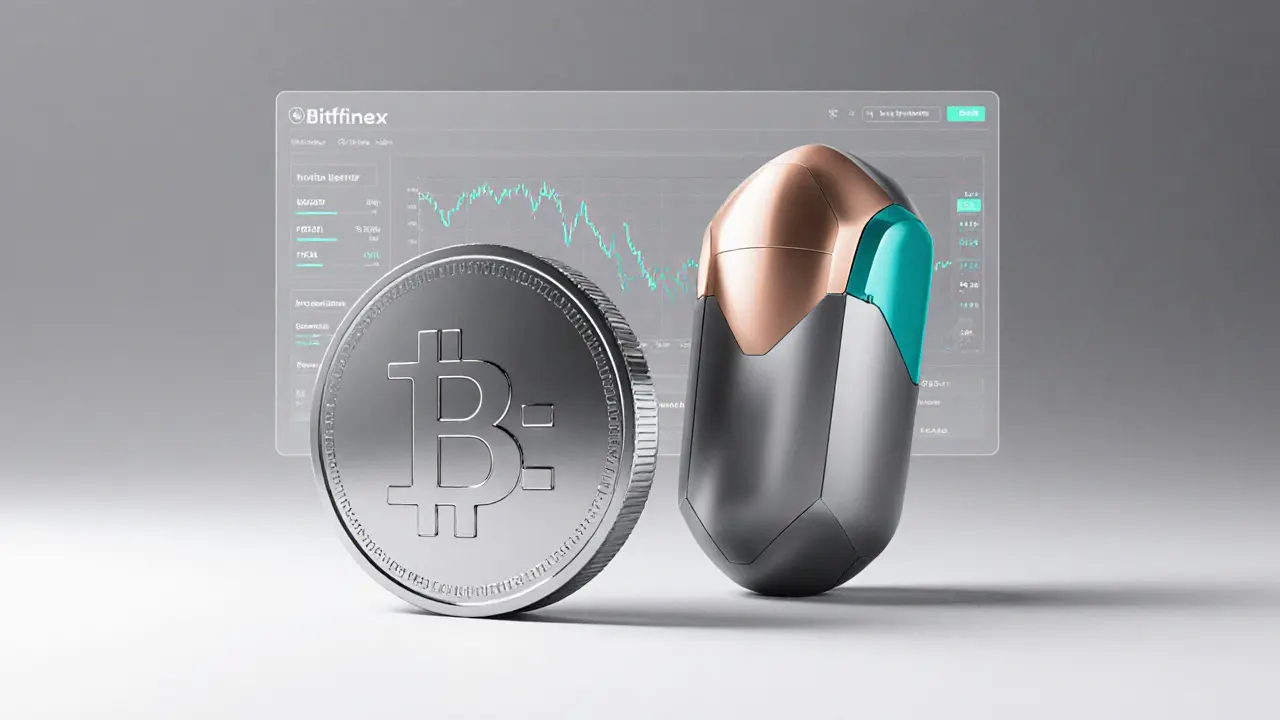
If you’ve typed "BFX crypto exchange" into Google, you’ve probably hit a wall of mixed information - some pages talk about a historic token issued by Bitfinex, others hype a new platform called BlockchainFX. This review untangles the confusion, weighs the security track record, and compares what’s actually available today, so you can decide whether any BFX‑branded service belongs in your portfolio.
What "BFX" Actually Refers To
Bitfinex is a major cryptocurrency exchange founded in 2014. In the wake of a 2016 hack, it created the BFX token as a compensation tool for affected users. The token represented a dollar loss per unit and could be traded, used as margin collateral, or swapped for equity in the parent company iFinex. A second, unrelated project uses the same ticker - BlockchainFX - branding itself as an all‑in‑one crypto super‑app. These three entities are the only ones that legitimately carry the BFX label.
Bitfinex’s BFX Token - History and Redemption
The August 2016 breach stole roughly 120,000 BTC (about $72 million at the time). Bitfinex responded by reducing every user’s balance by 36 % and issuing BFX tokens equal to the dollar value of each user’s loss. Holders could:
- Trade the token on the open market.
- Use it as collateral for margin trading on Bitfinex.
- Redeem it for cash, crypto, or shares of iFinex.
Within eight months, Bitfinex redeemed and destroyed all BFX tokens. Users who chose equity conversion also received Recovery Right Tokens (RRTs), which grant a claim on any future recovery of the stolen funds.
Security Blueprint of Bitfinex (and What It Means for BFX‑Related Users)
Bitfinex now advertises a multi‑layered security model:
- Cold storage: About 99.5 % of assets sit offline in multisignature wallets.
- Hot wallets (0.5 %) handle daily trading, protected by withdrawal whitelists.
- Two‑factor authentication (2FA) via Google Authenticator or hardware‑based U2F keys.
- Granular API permissions and anti‑phishing codes for account protection.
The 2016 incident showed that even multisignature setups can be misconfigured. Since then, Bitfinex has audited its wallet architecture and added insurance reserves, yet regulatory scrutiny continues to hover over its corporate structure.
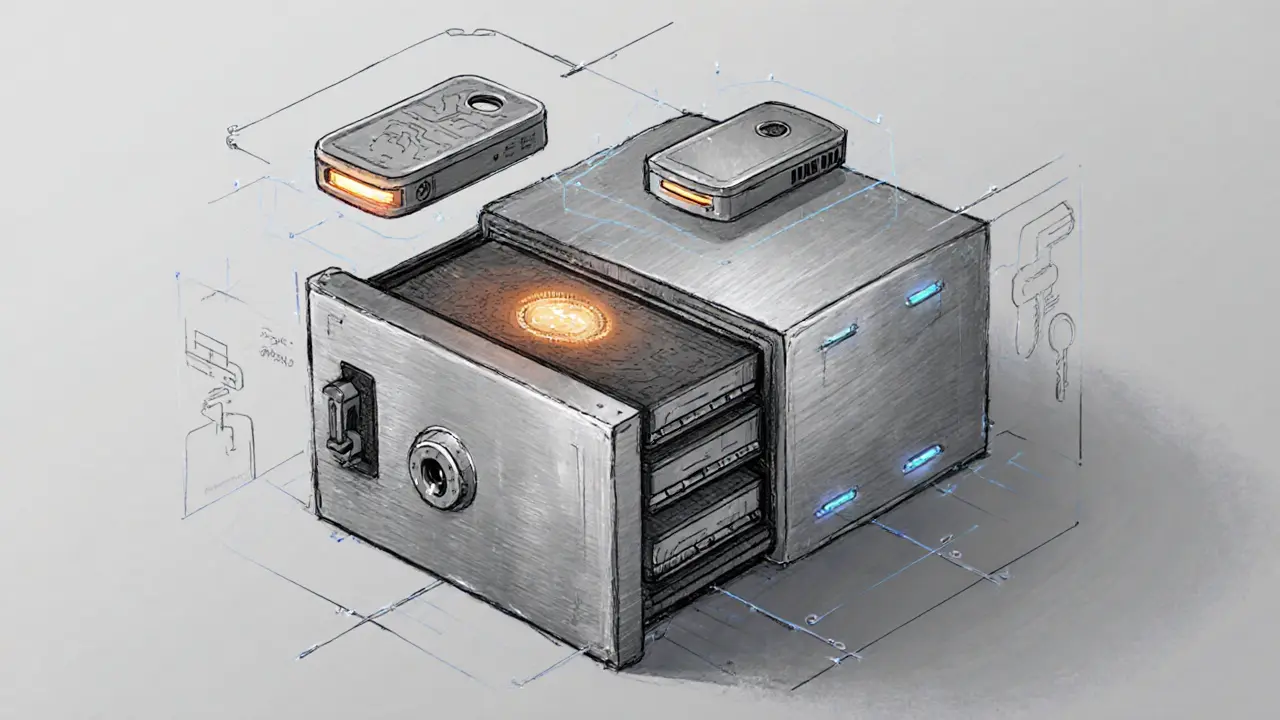
BlockchainFX - The New Kid on the Block
BlockchainFX markets itself as a "super app" that bundles spot trading, DeFi staking, and fiat on‑ramps under one UI. Its promises include:
- Full KYC/AML compliance.
- Third‑party security audits (though reports are not publicly archived).
- Verified smart contracts for token launches.
Unfortunately, concrete data such as launch date, team biographies, or fee schedules remain sparse. The project is still in a presale phase, with token sales advertised on social media but no independent performance metrics available. Because of this opacity, potential users should treat BlockchainFX as high‑risk until audits and real‑world usage are demonstrated.
Feature‑By‑Feature Comparison
| Feature | Bitfinex | BlockchainFX |
|---|---|---|
| Founded | 2014 | Presale (2025) |
| Regulatory status | Registered in the British Virgin Islands; under investigation in multiple jurisdictions | Claims full KYC/AML, but no regulator‑issued license listed |
| Security | 99.5 % cold storage, multisig, 2FA, withdrawal whitelist | Third‑party audits (undisclosed), smart‑contract verification |
| Liquidity (24‑h volume) | ~$10 B (average) | Not applicable - no live trading yet |
| Supported assets | 150+ crypto pairs, fiat on‑ramps for USD, EUR, JPY | Planned: major coins + proprietary token |
| Fees (taker) | 0.1 % - 0.2 % tiered | Promised sub‑0.1 % during presale |
| Customer support | Live chat, ticket system, email | Live chat (beta), community Discord |
Pros and Cons of Each Platform
Bitfinex
- Pros: Deep liquidity, advanced trading tools, proven track record of handling large institutional volumes.
- Cons: Historical security breach, complex corporate ownership, ongoing regulatory pressure.
BlockchainFX
- Pros: Ambitious all‑in‑one vision, potential low‑fee structure, early‑adopter incentives.
- Cons: Lack of transparent audits, no live market data, high uncertainty around team credibility.
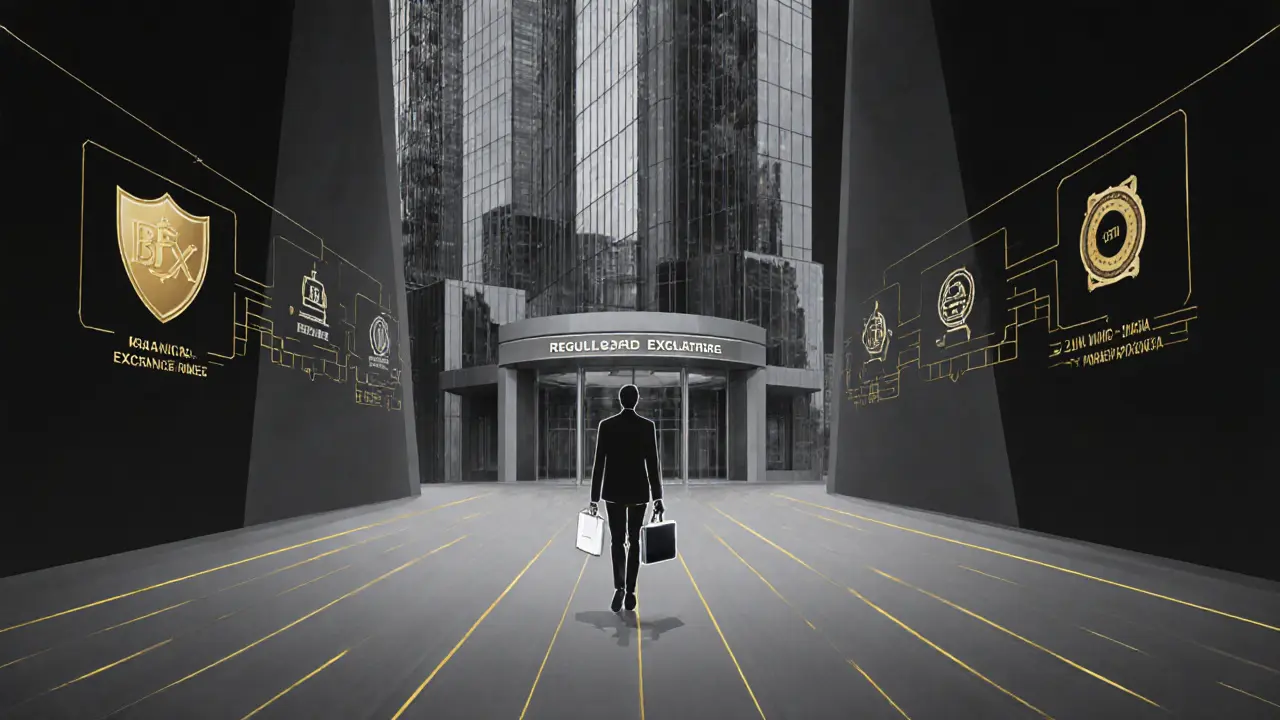
How to Conduct Due Diligence on BFX‑Related Services
Because the BFX name appears on multiple, unrelated projects, follow this checklist before depositing funds:
- Verify the legal entity: check registration documents on the jurisdiction’s company register.
- Look for independent security audits: PDF reports from firms like Trail of Bits, CertiK, or Quantstamp should be publicly accessible.
- Assess liquidity: use sites like CoinGecko or CoinMarketCap to confirm 24‑hour trading volume.
- Confirm KYC/AML compliance: reputable exchanges publish their policy pages and allow you to view verification steps.
- Read community feedback: scan Reddit, Twitter, and specialized forums for recent user experiences.
Missing any of these red flags should make you pause.
Future Outlook for BFX‑Branded Exchanges
Regulators worldwide are tightening crypto rules. In 2024, the EU’s MiCA framework forced exchanges to obtain licenses and maintain strict capital reserves. Bitfinex is already adapting its compliance framework, but the process is costly and may limit its services in certain regions.
BlockchainFX, if it survives the presale, will need to demonstrate real‑world security audits and obtain a license before it can compete with giants like Binance or Coinbase. The market trend favors platforms that can lock in institutional partners, offer DeFi bridges, and provide transparent insurance funds.
Bottom Line - Should You Use a BFX Exchange?
If you’re looking for a proven, high‑liquidity venue and can tolerate some regulatory ambiguity, Bitfinex remains a solid choice - just enable 2FA, whitelist withdrawals, and keep most of your holdings in a private wallet.
If you’re an early adopter who enjoys risk for potential reward, you might keep an eye on BlockchainFX’s presale, but only allocate funds you’re prepared to lose until the platform proves its security and liquidity.
In all cases, remember that the "BFX" ticker does not guarantee a single exchange. Separate the historic Bitfinex token from any new product that merely reuses the letters.
What happened to the original BFX tokens issued by Bitfinex?
They were fully redeemed and destroyed by late 2017. Users could cash out, receive crypto, or convert them into iFinex shares, and those who chose equity also got Recovery Right Tokens for any future restitution.
Is BlockchainFX a regulated exchange?
As of October 2025, BlockchainFX has only announced KYC/AML processes but has not published any regulator‑issued license or audited security report.
How can I protect my assets on Bitfinex?
Enable two‑factor authentication (Google Authenticator or a U2F hardware key), set a withdrawal whitelist, keep the bulk of your holdings in a personal cold wallet, and monitor API permissions regularly.
What are the main fees on Bitfinex compared to typical spot exchanges?
Bitfinex charges a maker fee of 0.1 % and a taker fee ranging from 0.1 % to 0.2 % based on 30‑day trading volume, which is comparable to most mid‑tier exchanges.
Should I keep my crypto on an exchange at all?
Only the amount you need for active trading should sit on an exchange. Long‑term holdings are safer in a hardware wallet where you control the private keys.
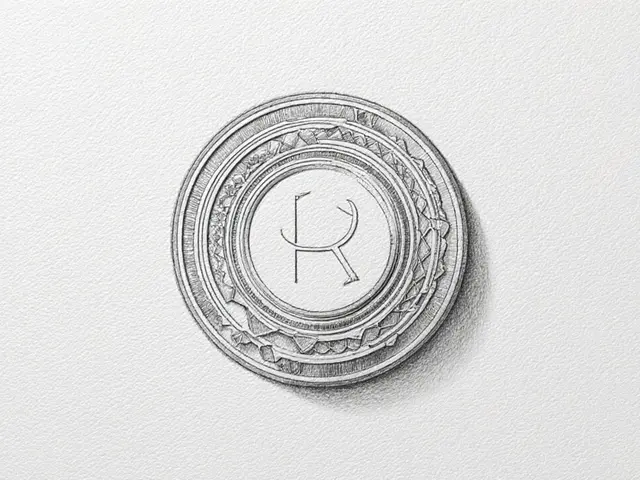
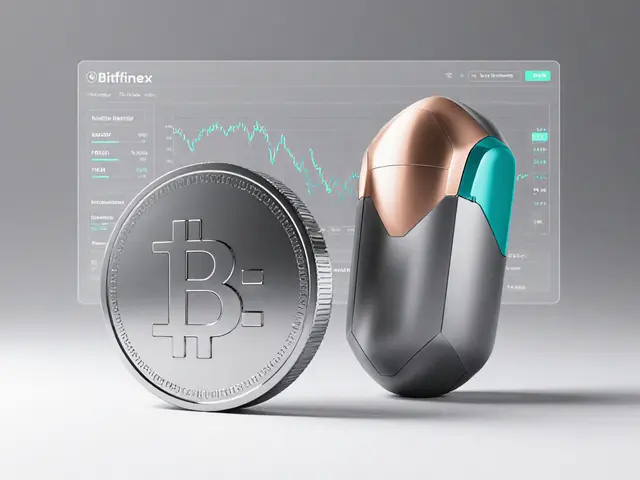
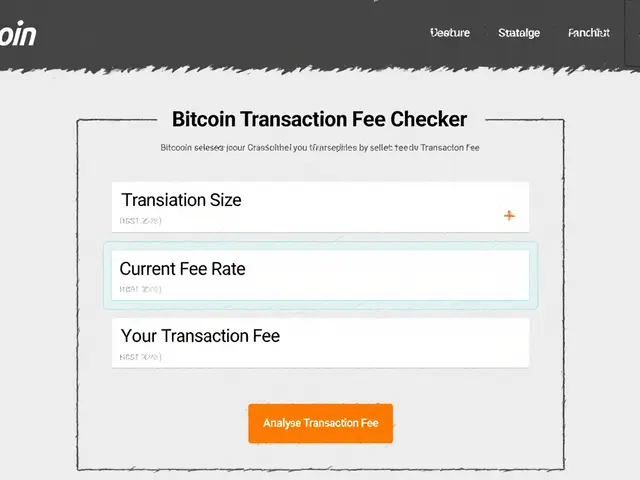

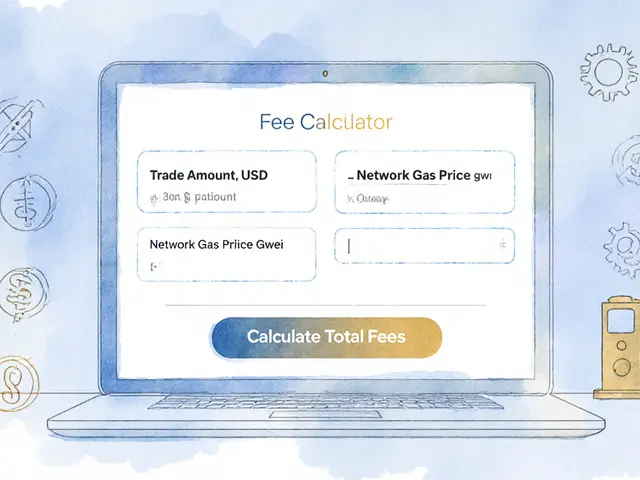
Patrick Rocillo
23 October, 2025 . 09:38 AM
Great rundown! The Bitfinex legacy can be confusing, but your breakdown makes it crystal clear. 👍 I especially liked the checklist – it's exactly what I keep handy before jumping onto any new platform. If you're still on the fence about BlockchainFX, just remember the old adage: never trust a project that hides its audit reports. 🚀